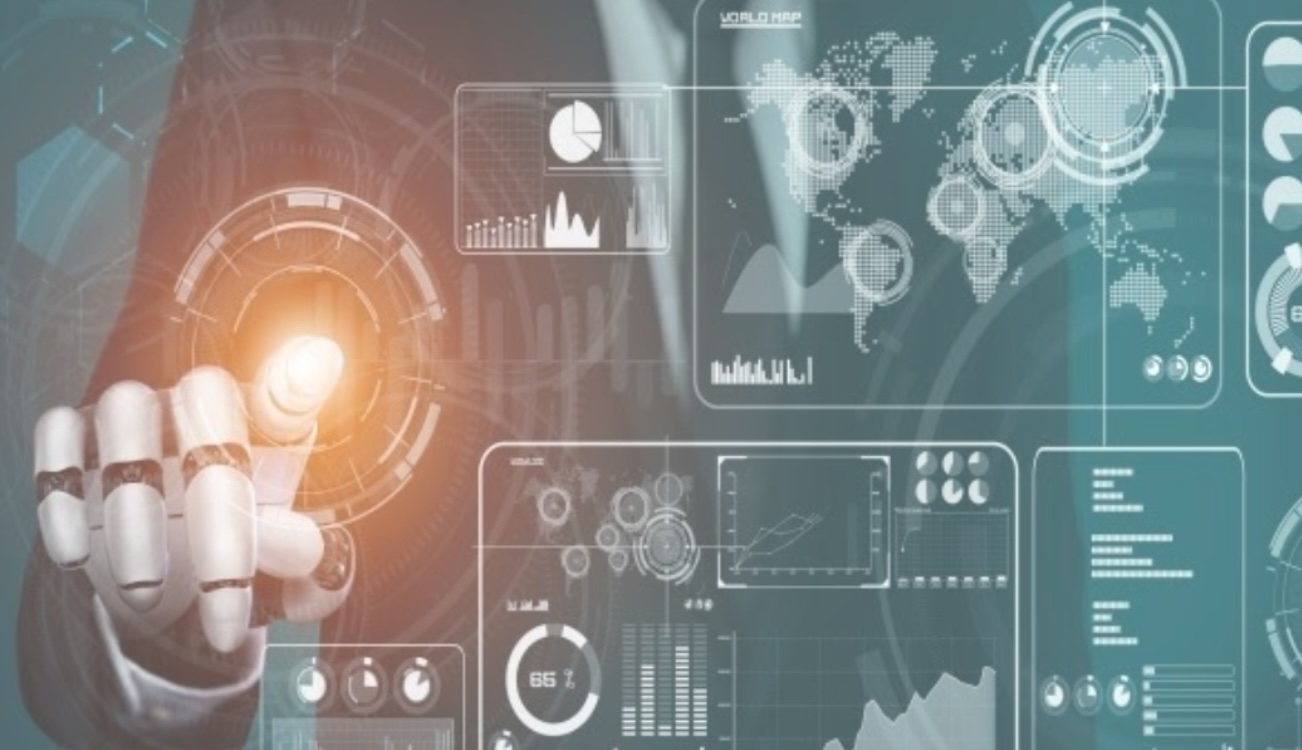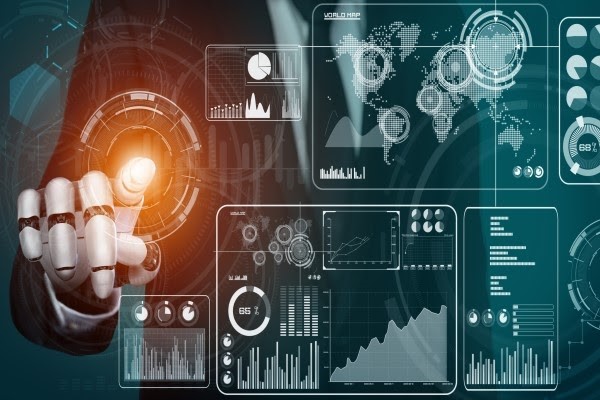5 min read
The Growth Of Artificial Intelligence In Video Analytics Software
IronYun Apr 29, 2022 7:00:00 AM


Artificial intelligence has been making waves in the business world for a few years now. Many people are unsure of what it is, and even fewer understand its potential implications for the future. But one area in which AI is already having a major impact is video analytics software.
The video analytics software market is expected to grow from USD 5.9 billion in 2021 to USD 14.9 billion by 2026, at a Compound Annual Growth Rate (CAGR) of 20.4% during the forecast period. Increasing demand for security and surveillance across various application areas is one of the major factors driving the growth of the video analytics software market. However, limited awareness about video analytics software and its benefits among end-users is what is restraining the growth of this market.
Nevertheless, the proliferation of AI in video analytics software is driving the market for this technology. AI-based video analytics can help businesses in a number of ways, from reducing false alarms to providing actionable insights. And as AI technology continues to develop, the potential applications for video analytics software will only increase.
So, it's safe to say that the future of video analytics software is looking very bright indeed. If you're not already using this technology in your business, now is the time to start investigating its potential benefits for yourself.
What Is Artificial Intelligence and Why Has It Become So Important In Video Analytics Software?
Artificial intelligence (AI) is a type of computer science that focuses on creating intelligent machines that can work and react like humans. AI has become increasingly important in video analytics software as it can help businesses automate repetitive tasks, make better-informed decisions by providing them with actionable insights, and even improve security by reducing false alarms.
AI works by using machine learning and deep learning algorithms to learn from data. The more data that is fed into the system, the more accurate the results will be. This is why AI is often described as a “learning” technology. Meaning to say, it can identify pattern recognition, detect objects and suspicious activity, run security videos automatically, and even predict human behavior.
For these reasons, AI-based video analytics software is so valuable to businesses and is considered a game-changer in the security and surveillance industry.
The Global Video Analytics Market At A Glance
Around the globe, North America is expected to hold the largest market share in the video analytics market with a market share valued at USD 1.6 million and a growing CAGR of 20.7%. This is due to the early adoption of video analytics solutions in this region.
Also, North America has been a front-runner in terms of technology and innovation, which has resulted in the growth of various AI-based start-ups. Europe, on the other hand, is expected to be the second-largest market for video analytics with a market share of USD 0.73 million and a CAGR of 15.0%.
Meanwhile, in the Asia Pacific, the video analytics market is expected to grow at the highest CAGR of 22.0% during the forecast period. This region comprises countries such as China, India, Japan, and South Korea, which are rapidly adopting video analytics solutions owing to the growing concerns over security.
The market for video analytics is divided into two categories: services and software. Most businesses focus on developing video analytics solutions that may be consumed (services) or software required for products to function properly (software).
Today, security applications account for the majority of the video analytics market: surveillance technology, incident detection, intrusion management, person counting, traffic monitoring, Automatic Number Plate Recognition (ANPR), facial recognition, augmented reality (AR), and video motion detection are some of the applications of AI in business operations and in the mounting security industry.
Currently, video analytics has proven beneficial to multiple industries such as manufacturing, security, retail, healthcare solutions, and hospitality.
Trends In AI-based Video Analytics Software
There are a few key trends that are driving the growth of AI in video analytics software and some of them are:
1. Cloud-based Video Analytics Solutions
Businesses are looking for ways to reduce the cost of storing and managing data. The cloud provides an easy and cost-effective way to do this. Cloud-based video analytics solutions are becoming more popular as they offer scalability, flexibility, and real-time data processing.
Some of the benefits of using cloud-based video analytics solutions are:
- Reduced infrastructure costs
- Increased scalability
- Enhanced security
2. Deep Learning-based Video Analytics Solutions
Deep learning is a type of machine learning that is based on artificial neural networks. It has the ability to learn from data that is unstructured and unlabeled. This makes it possible to extract features from video feeds, images, and text.
Deep learning-based video analytics solutions are becoming more popular as they offer better accuracy and performance.
Some of the benefits of using deep learning-based video analytics solutions are:
- Improved accuracy
- Enhanced performance
- Real-time data processing
3. Integration of AI with IoT
The integration of AI with the Internet of Things (IoT) is one of the latest trends in the video analytics market. This integration enables businesses to collect and analyze data from a variety of devices such as cameras, sensors, and drones.
Some of the benefits of using AI-enabled IoT solutions are:
- Improved accuracy
- Increased scalability
- Real-time data processing
4. Use of AR and VR
The use of augmented reality (AR) and virtual reality (VR) is another trend that is gaining popularity in the video analytics market. These technologies are being used to provide training to security professionals. AR and VR can be used to simulate real-world scenarios and help security personnel learn new skills.
Some of the benefits of using AR and VR for video analytics are:
- Improved accuracy
- Real-time data processing
- Enhanced security
These are just some of the trends that are driving the growth of AI in video analytics software. With the increasing demand for better accuracy and performance, businesses are turning to AI to provide them with the solutions they need. So, if you are looking to get into the video analytics market, now is the time to do it.
Government Regulations Pushing Video Analytics Forward
The governments of various countries are investing in video analytics solutions to ensure the safety and security of their citizens. For instance, the US government has been investing in video surveillance systems equipped with AI-based video analytics for its border security complete with automated license-plate recognition, biometric facial comparison, and intelligent computer-assisted detection among many others.
Similarly, law enforcement agencies across the globe are using video analytics software for crime prevention.
Another application area that is seeing government investment is traffic management. Various governments are investing in video analytics solutions to reduce traffic congestion and improve road safety for smart cities.
So, we can see that the governments of various countries are pushing the video analytics market forward with their investment.
How Will the Growth of Artificial Intelligence Impact Businesses and Individuals In the Future?
The growth of artificial intelligence will impact businesses and individuals in a number of ways. First, AI will change the way businesses operate. For instance, companies will need to invest in AI-powered software and hardware to remain competitive. They will also need to train their employees on how to use these new tools.
Overall, the growth of artificial intelligence will definitely profoundly impact both businesses and individuals in the future. While businesses will need to adapt to the new landscape, individuals will need to be prepared for the changes that AI will bring about.
Conclusion
As AI technology continues to develop, the potential applications for video analytics are limitless.
Businesses that are slow to adopt this technology may find themselves at a disadvantage in the coming years. However, those that embrace it will be able to reap the benefits of increased efficiency and insights that can help them stay ahead of the competition. The question is: are you ready to join the future of video analytics?


